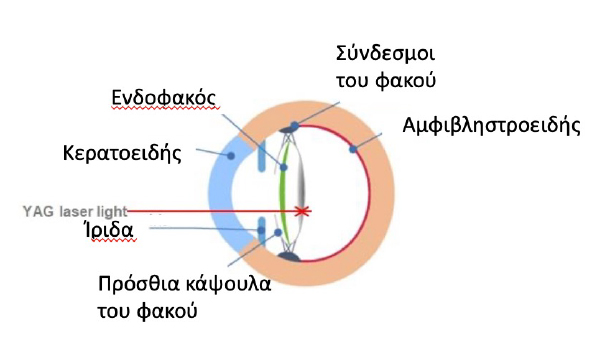Posterior lens capsule opacification occurs relatively often after cataract surgery and can be treated fairly easily. With the clouding of the posterior capsule, less light passes to the retina. Thus the vision is also blurred and the patient usually faces problems with bright lights and glare. Studies show that posterior capsule opacification can occur in 10-20% of patients months or years after cataract surgery.
Capsular opacification is treated with a laser which restores clear vision. This type of laser is safe and has minimal complications. The laser creates an opening in the posterior capsule so light can pass back to the retina. Most patients notice a significant improvement in their vision after the laser.
What happens before and after laser treatment?
First we check your vision and intraocular pressure. Then we put drops to dilate the pupil. Dilating drops usually take 20 to 30 minutes to work. The retina is carefully examined to rule out another cause of vision impairment.
Benefits and potential complications are discussed with the patient and consent is obtained. The laser treatment usually lasts 5 to 10 minutes, but the appointment can last long enough (2-3 hours) to do all the necessary checks.
How is the laser done?
The laser treatment is done in a slit lamp (similar to the one you are examined in during the clinical examination) which is connected to a YAG laser. We put anesthetic drops in the eye and usually also a special lens that is in contact with the cornea. Laser treatment is painless. The laser light is indistinguishable from the patient, the eye is illuminated by the light of the slit lamp and usually the patient can hear the sound (a click) from each pulse of the laser.
What happens after the laser?
The laser creates an opening in the cloudy posterior capsule and through this opening light can pass unhindered back to the retina. Vision may take a few days to clear after the laser. You usually need to use drops for 5 to 7 days after the laser. We recommend that you do not drive on the day of the laser. You can usually return to your activities immediately, from the next day.
What are the possible complications after laser?
Laser treatment is generally considered very safe. Serious complications are extremely rare.
Common complications:
- Transient increase in intraocular pressure. If you are taking anti-glaucoma treatment, you need to wait half an hour to measure the pressure after the treatment. If the pressure is high, we may modify your treatment for a short time or, more rarely, take a pill for a few days to lower the pressure.
- Inflammation inside the eye. It is usually transient and resolves with the use of anti-inflammatory eye drops.
- Small black spots- are small aggregates of cells that float in the vitreous (the gel that fills the back of the eye).
Rare but serious complications:
- Damage to the retina. In very rare cases (especially in patients who had very high myopia before cataract surgery) the laser can cause retinal detachment. This can happen days, months or even years after treatment.
- Damage to the intraocular lens. Small spots or “scratches” may appear on the intraocular lens but extremely rarely cause vision problems.
In case you have any of the following symptoms, you must contact us immediately:
- Pain that does not go away with the usual pain relievers
- Intense redness in the eye
- Significant blurring of your vision
- Flashes of light or a black shadow/curtain blocking your vision

 English
English
 Ελληνικά
Ελληνικά 